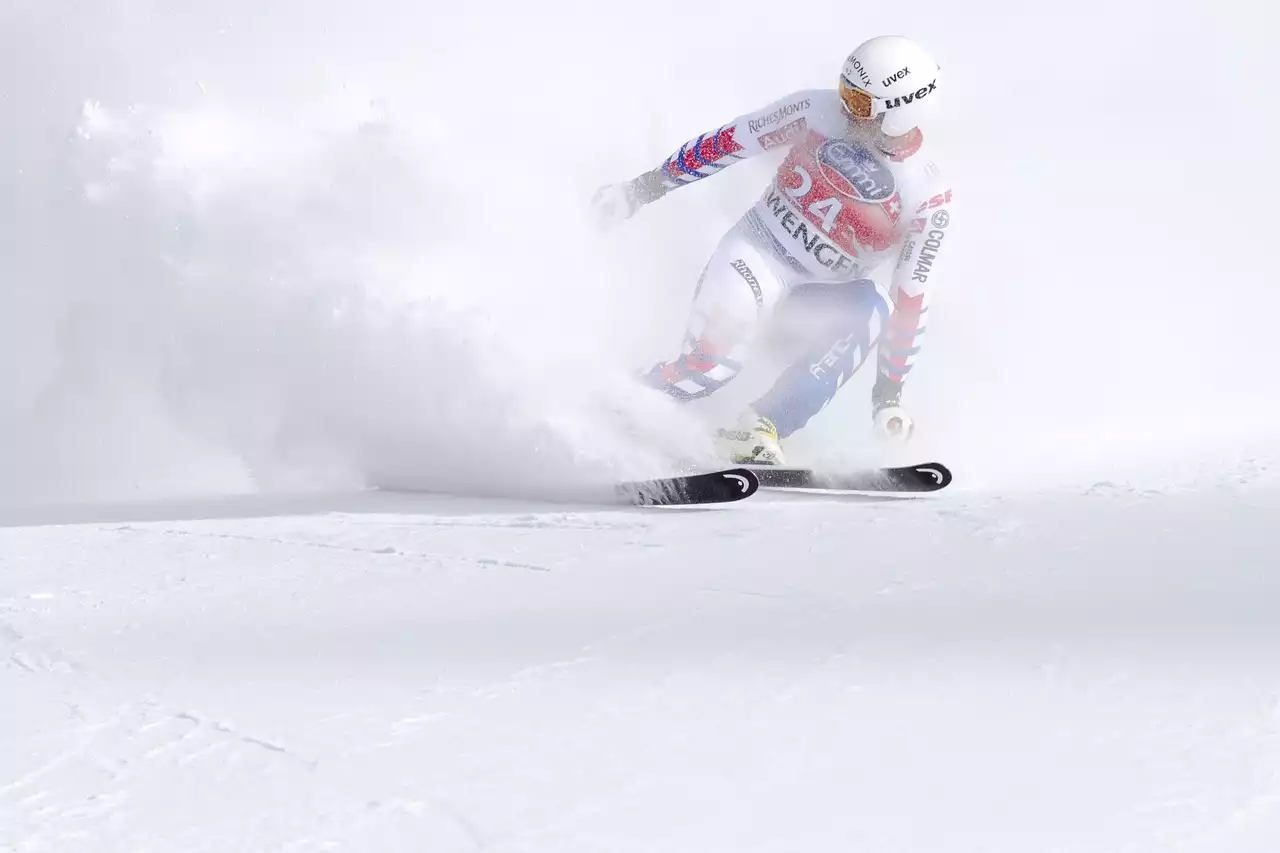The Differences Between Skiing and Snowboarding
Skiing and snowboarding are two winter sports that have been around for over a century. Skiing involves sliding down a snowy slope on two skis, while snowboarding entails standing on a board with two feet and sliding down the slope.
There are significant differences between skiing and snowboarding in terms of technique, style, and equipment. Skiers use poles to help with balance and turning, while snowboarders rely on their body movements to steer and control their board. Skiers keep their skis parallel to each other while snowboarders have their feet perpendicular to the board.
The differences between skiing and snowboarding make them unique and offer distinct experiences. However, merging the two sports creates a new dimension of adventure and excitement.
The History of Skiing and Snowboarding
Skiing has been around for over 5,000 years, with its origins in Scandinavia. It was initially used as a mode of transportation to travel through snowy terrain.
Snowboarding, on the other hand, is a relatively new sport that originated in the 1960s. It was developed by surfers who wanted to experience the same feeling of surfing on snow-covered slopes.
Over the years, both skiing and snowboarding have evolved and gained popularity worldwide. Skiers and snowboarders have their own unique culture and style, with each sport having its own set of professional competitions and athletes.
The Rise of "Crossover" Athletes
In recent years, there has been a rise in "crossover" athletes, those who compete in both skiing and snowboarding competitions. These athletes have honed their skills in both sports and have become a force to reckon with in the winter sports industry.
One of the most famous crossover athletes is Shaun White. He is a professional snowboarder who has won multiple Olympic medals in snowboarding, but has also competed in skiing events. His success in both sports has made him a household name in the winter sports world.
The rise of crossover athletes has paved the way for the fusion of skiing and snowboarding, and the creation of a new winter sport- ski boarding.
The Benefits of Combining Skiing and Snowboarding
Combining skiing and snowboarding offers many benefits. It brings together the speed and precision of skiing with the creativity and fluidity of snowboarding, creating a whole new level of excitement on the mountain.
Ski boarding also offers a different challenge for skiers and snowboarders. It requires a new set of skills and techniques, making it a great way to challenge oneself and push boundaries.
Furthermore, ski boarding is more accessible than either skiing or snowboarding alone. It allows those who have limited mobility or injuries to still enjoy the slopes, as it is less demanding physically.
The Development of New Equipment
The fusion of skiing and snowboarding has led to the development of new equipment. Ski boarding requires a different type of board and bindings, which are designed to work with ski boots.
Ski boards are shorter and wider than traditional skis, and have a snowboard-like design. They are more stable and offer better control, making it easier to transition between skiing and snowboarding.
The development of new equipment has made ski boarding more accessible and easier to learn. It has also led to the creation of new winter sports equipment companies, which are dedicated to producing innovative and high-quality gear.
The Impact on the Winter Sports Industry
The fusion of skiing and snowboarding has had a significant impact on the winter sports industry. It has created a new market for winter sports equipment and gear, as well as new opportunities for ski resorts and winter sports events.
Ski resorts have embraced ski boarding, offering lessons and rental equipment. Winter sports events have also started incorporating ski boarding into their competitions, creating a new level of excitement for spectators.
Furthermore, ski boarding has helped to attract a new generation of winter sports enthusiasts. It offers a fresh and innovative take on traditional winter sports, making it a popular choice among younger generations.
The Future of Skiing and Snowboarding
The future of skiing and snowboarding lies in the intersection of the two sports. Ski boarding is just the beginning of a new era of winter sports, where traditional sports are combined to create new and exciting experiences.
As the popularity of ski boarding continues to grow, we can expect to see more innovation in winter sports equipment and gear. We may also see more crossover athletes competing in both skiing and snowboarding events.
The fusion of skiing and snowboarding has opened up a new world of possibilities for winter sports enthusiasts. The future looks bright for those who love the thrill of the mountain, as ski boarding takes the slopes by storm.
Famous Athletes Who Have Crossed Over
Shaun White is not the only famous athlete who has crossed over from snowboarding to skiing. Many other athletes have successfully competed in both sports, including:
- Tanner Hall: Professional skier and snowboarder, known for his freestyle skiing and snowboarding. - Candide Thovex: Professional skier and snowboarder, known for his freestyle skiing and snowboarding. - Gus Kenworthy: Professional skier and snowboarder, known for his freestyle skiing and snowboarding. - Kelly Clark: Professional snowboarder who has competed in skiing events.
These athletes have paved the way for the fusion of skiing and snowboarding and have shown that it is possible to excel in both sports. They have inspired a new generation of winter sports enthusiasts and have helped to shape the future of winter sports.








.png?size=50)
